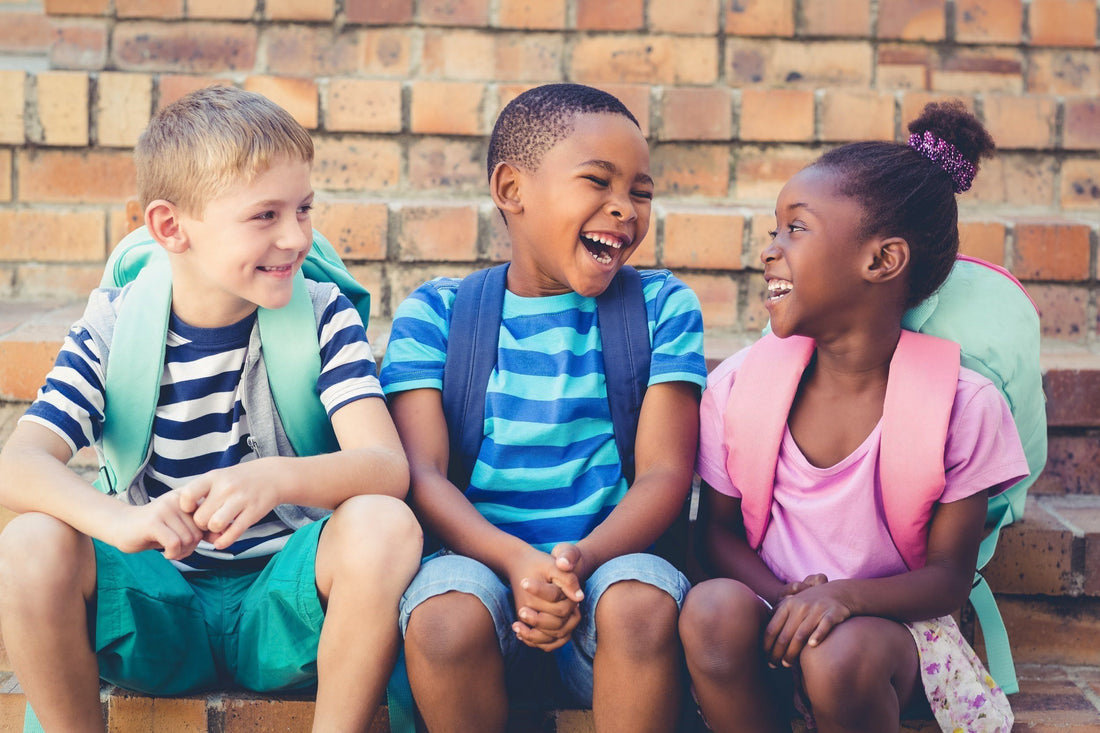For a child or teen with social anxiety — which affects 6.8 percent of the U.S. population —making eye contact with others can be a stressful and challenging situation. A paper in the journal Comprehensive Psychiatry found that eye contact can directly trigger feelings of being scrutinized, which is one of the primary fears in people with social anxiety disorder.
This fear may lead the child to avoid eye contact. This can provide temporary relief, but researchers say such avoidance may have negative long-term effects. According to a study by Kalina Michalska, assistant professor of psychology at the University of California, Riverside, the shorter the time children spend looking at the eyes of others and the less frequently they do so, the more likely they are to be afraid of them, even when there may be no reason. This is why encouraging your anxious child to make eye contact can be crucial for improving their social anxiety.
If your child is struggling with eye contact anxiety, here are some ways you can try to ease them into overcoming this fear.
Encourage Them to Start Small
Let them know that nobody expects them to hold eye contact with everyone all at once. They might find it easier to start with people who make them feel less anxious, such as a good friend or a family member. Have them start with holding eye contact for four to five seconds at a time before casually looking away, slowly building up to longer stints with more intimidating partners.
Have Them Practice with Puppets
If the thought of making eye contact with anyone is too frightening, encourage them to practice with puppets. During puppet time, suggest that they make eye contact with all the characters, the way they would in a real conversation.
Let Your Child’s Breathing Help
Research has proved that deep breathing can effectively relieve anxiety. In a paper published in Science, researchers found that in mice, a group of nerves in the brain that regulate breathing has a direct connection to the brain’s arousal center, the same area where anxiety originates. Teach your child mindfulness techniques such as deep breathing that they can use when experiencing anxiety. This will get them in the habit of tuning into their body and breath, instead of the flurry of thoughts that might cloud their brain in a social situation.
Suggest They Look Elsewhere
If your child still finds eye contact too stressful, they shouldn’t give up and avoid the conversation altogether. Recommend that they look somewhere else on a person’s face, such as the nose, mouth or chin. The other person probably won’t even notice. You might even role-play with your child for reassurance. Little by little, once they’ve gotten used to looking at a person’s face (or a spot on their face), they may gradually grow more comfortable looking at their eyes. Conversation might then become a source of enjoyment, not something else to avoid.


 Improve focus and clarity.
Improve focus and clarity.


